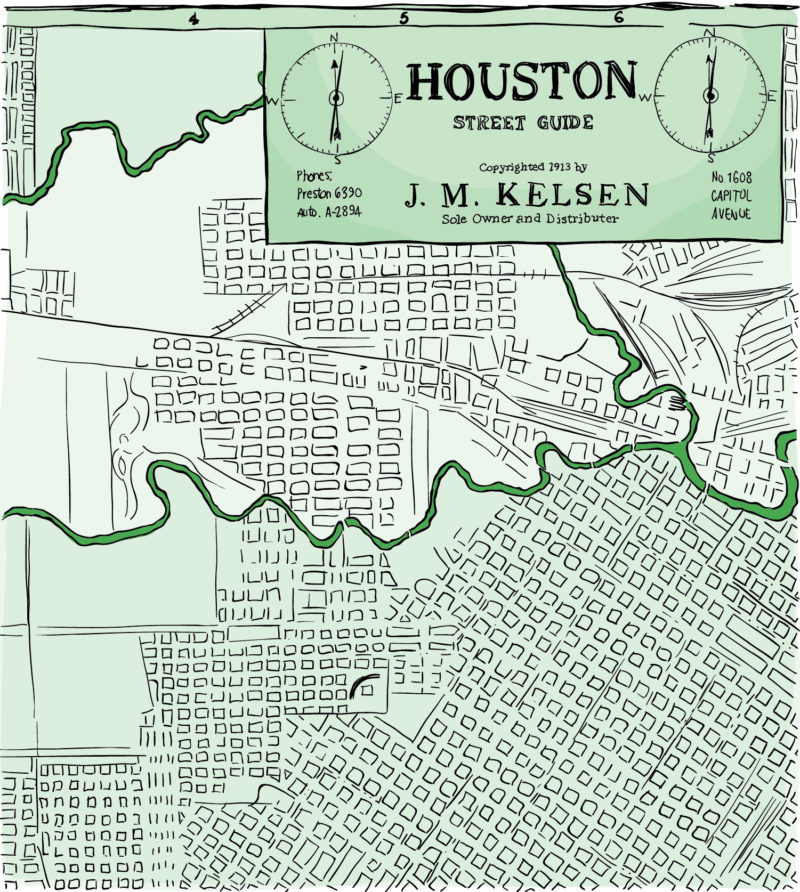FEATUREs:
- City population: 2.3 million
- Rate of growth: 250 new residents per day
- Most diverse city in the US
- No zoning laws
From the ground, Houston’s highways don’t look like much. They’re just more roads in a city of roads. But the folks living within Interstate 610, which traces a ring within the city, are a little different from the residents outside it, or at least that’s the lie we tell ourselves, for whatever the hell that’s worth.
Houstonians call I-610 the Loop. It divides the city into two parts: inside the Loop and outside the Loop. The city circumference is marked by Beltway 8, the last buffer before you hit the suburbs. When I was a kid, I lived a neighborhood cluster beyond Beltway 8, west of the city. If you want to picture what that looked like, imagine absolutely nothing at all. Then add some rice fields and some football fields and an H-E-B. Your typical Southern suburban Americana. Still, this was Houston, so there was some semblance of diversity. Even a few decades ago, my family could find just about everything we were looking for (beef patties, black barbers, family friends) outside the city’s inner core.
When my folks moved to Texas, they thought about living in one of Houston’s historical centers, whose neighborhoods supported a respectable amount of diversity alongside all the amenities of city living, something neither of them had yet experienced in the States. But the cost of housing and the shitty infrastructure pushed them to the suburbs. It was a rare day that we drove the forty-five minutes eastward to enter the Loop, and I treated that shit as if we were taking off for Fukuoka or Lisbon or Bordeaux, because I knew that things were different there, somehow—even though I mostly just watched everyone and everything from the backseat of our Suburban. I knew that people downtown smoked, probably. People in the Heights fucked, probably. People in Montrose even did the kind of fucking I wanted to do, though I couldn’t have articulated it at the time. Most important, every other person in the Loop wasn’t a white boy in a plaid button-up, khaki shorts, and high black socks rocking last year’s big sneakers, emphatically calling them FRESH. I wanted to live somewhere where weird was OK. Or cool, even. Honestly, that would’ve been a big fucking stretch for me.
The greater Houston area isn’t anything resembling a singular mass. The city is a collection of nooks and crannies and alleys and bridges, fused together by sprawl and strip malls and the occasional food desert, and unified by a total lack of zoning ordinances. In a lot...
You have reached your article limit
Sign up for a digital subscription and continue reading all new issues, plus our entire archives, for just $1.50/month.
Already a subscriber? Sign in





